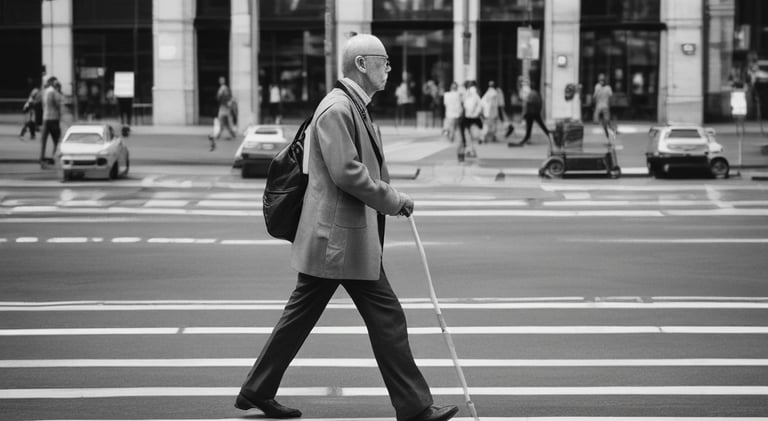Innovating Mobility Aids for the Blind Community
Engaging with the blind community is essential for manufacturers of mobility aids. By collaborating directly with visually impaired users, companies can gain insights that enhance product design, ensuring both functional and emotional needs are met.
6/18/20251 min read


Understanding the Needs of the Blind Community
Engaging with the blind community is a critical step for manufacturers aiming to innovate and improve mobility aids. By collaborating directly with users, companies can gain invaluable insights into their day-to-day experiences. This understanding helps in the creation of products that not only meet functional requirements but also cater to the emotional and social aspects of mobility. Listening to the feedback from visually impaired individuals allows developers to identify common challenges and preferences, ensuring that their devices are truly user-centric.
Tailoring Mobility Aids for Effective Use
When manufacturers seek to refine their mobility aids, the input from the blind community becomes indispensable. Each individual's experience with navigation, orientation, and environmental interaction can highlight specific features that may need enhancement. For instance, feedback may reveal a need for better tactile indicators on canes or improvements in the haptic feedback of smart devices. Such modifications not only elevate the functionality of these aids but also instill confidence among users, enabling them to traverse various environments more effectively.
The Role of Continuous Feedback in Innovation
Continuous engagement with the blind community paves the way for ongoing innovation. As technology evolves, so do the needs of users. Regular consultations and feedback sessions can help manufacturers stay aligned with the latest trends and preferences within the blind community. This iterative process of feedback and adaptation results in mobility aids that not only survive but thrive in the market. By establishing long-term relationships with visually impaired users, manufacturers can ensure their products evolve alongside shifting demands, ultimately leading to a more inclusive and accessible society.
